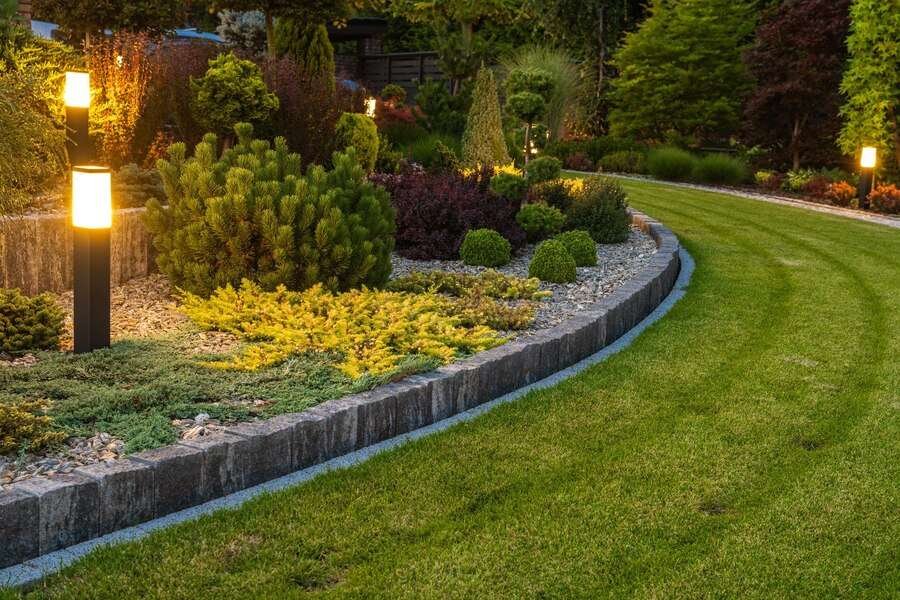Creating a beautiful garden isn’t just about the flowers and plants you choose. How you define and structure your garden spaces can have an equally significant impact. That’s where garden edging comes into play.
Whether you’re a homeowner looking to boost curb appeal, a gardening enthusiast looking for a polished look, or a DIY lover ready for a new project, garden edging ideas can elevate your landscape in ways you might not have imagined.
Why Garden Edging Matters
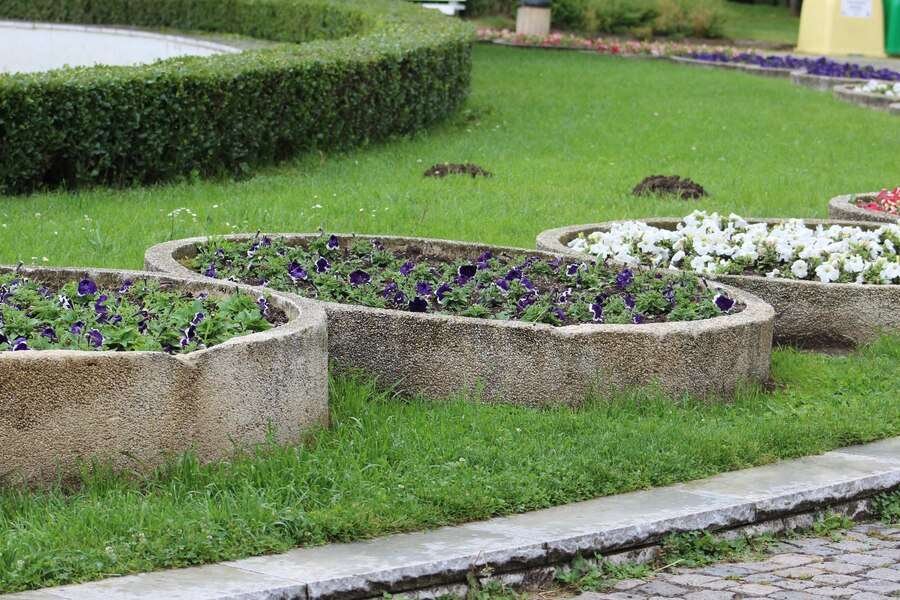
Garden edging offers more than just aesthetic appeal; it also has practical benefits. By clearly defining spaces, it helps keep your garden neat and organized. It also acts as a barrier, preventing grass from encroaching into flowerbeds, and helping reduce soil erosion. Overall, garden edging can significantly enhance the visual appeal and functionality of your landscape.
The Benefits of Garden Edging
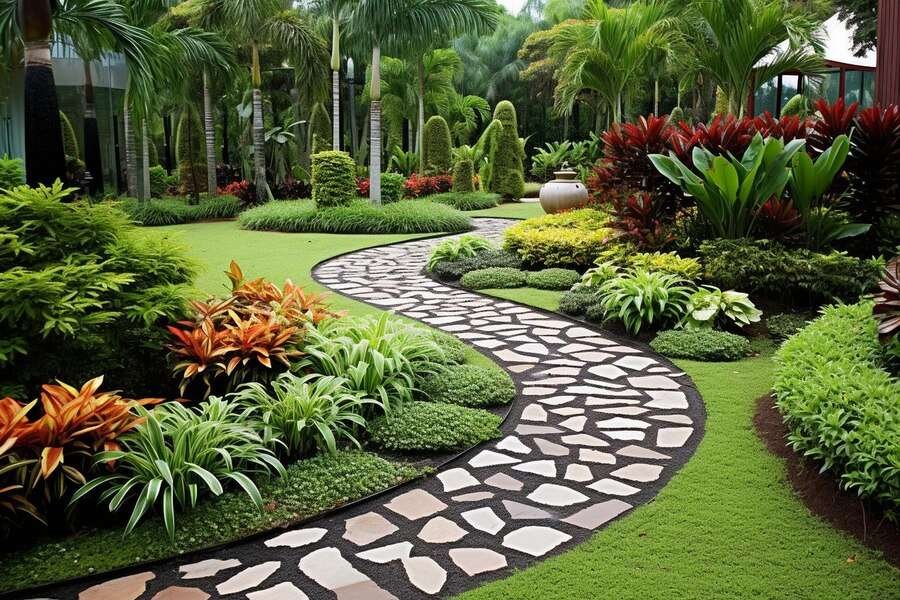
Defining Garden Spaces
One of the primary benefits of garden edging is its ability to define different garden areas. Clear boundaries between your lawn, flower beds, and pathways create a more cohesive and organized look. This not only makes your garden more attractive but also easier to maintain.
Preventing Soil Erosion
Garden edging acts as a protective barrier that helps keep soil where it belongs. This is especially useful on slopes or in gardens that experience heavy rainfall. By preventing soil from washing away, edging helps maintain the integrity of your plant beds.
Enhancing Curb Appeal
A well-edged garden can significantly boost your home’s curb appeal. Clean lines and well-defined spaces make your garden look tidy and well-maintained. This can be beneficial if you’re planning to sell your home, as a beautiful garden can make a lasting first impression on potential buyers.
Best Garden Edging Ideas
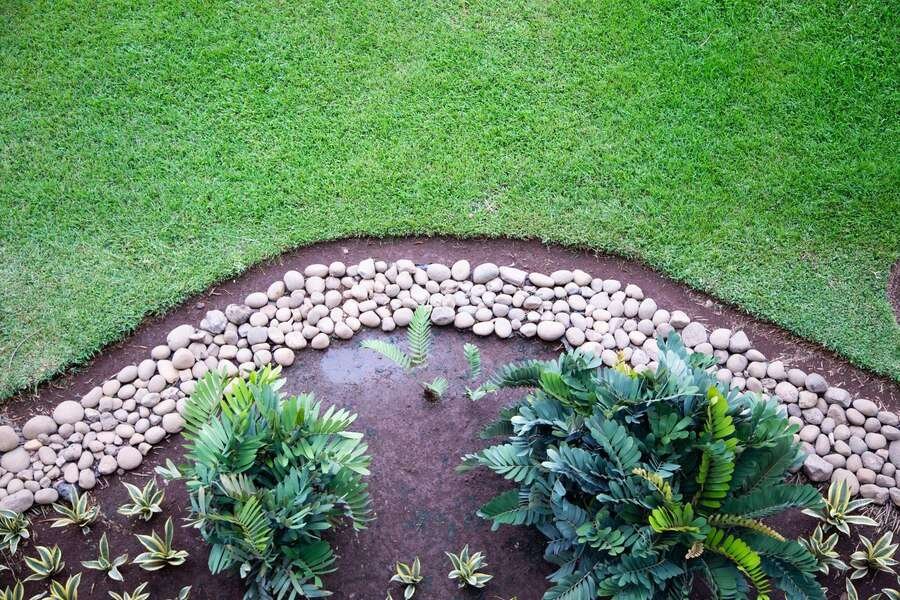
Ready to transform your garden? Here are the best garden edging ideas to get you started. Each option comes with its pros and cons, so you can choose the one that best suits your style and needs.
Natural Stone Edging
Pros
- Durable and long-lasting
- Natural aesthetic
- Low maintenance
Cons
- Can be expensive
- Heavy and hard to install
Natural stone edging offers a timeless and elegant look. It’s incredibly durable, so you won’t have to worry about frequent replacements. However, installing natural stone can be labor-intensive and costly.
Brick Edging
Pros
- Classic appearance
- Durable
- Versatile design options
Cons
- Can be time-consuming to install
- Requires a solid base
Brick edging is a classic choice that adds a traditional feel to any garden. It’s durable and can be arranged in various patterns. However, it requires a solid foundation, which can add to the installation time.
Wood Edging
Pros
- Natural look
- Affordable
- Easy to install
Cons
- Prone to rot and insect damage
- Needs regular maintenance
Wood edging blends seamlessly into natural landscapes and is relatively easy to install. However, it is prone to rot and insect damage, so it will require more maintenance than other materials.
Metal Edging
Pros
- Sleek, modern look
- Extremely durable
- Low maintenance
Cons
- Can be expensive
- Sharp edges may pose a safety risk
For a sleek and modern look, metal edging is hard to beat. It’s extremely durable and requires minimal maintenance. However, it can be pricey and may pose a safety risk due to sharp edges.
Plastic Edging
Pros
- Affordable
- Easy to install
- Flexible for curved designs
Cons
- Less durable than other materials
- Can look cheap
Plastic edging is budget-friendly and easy to install. It’s flexible, making it perfect for curved designs. However, it’s less durable and can look less attractive compared to other materials.
Concrete Edging
Pros
- Extremely durable
- Can be customized
- Low maintenance
Cons
- Labor-intensive to install
- Can be expensive
Concrete edging is incredibly durable and can be customized with various shapes and colors. However, it is labor-intensive to install and can be costly.
Rubber Edging
Pros
- Eco-friendly (often made from recycled materials)
- Durable
- Easy to install
Cons
- Limited design options
- Can degrade over time
Rubber edging is an eco-friendly option often made from recycled rubber. It’s durable and easy to install, but it has limited design options and can degrade over time.
Flagstone Edging
Pros
- Natural, rustic look
- Durable
- Low maintenance
Cons
- Can be expensive
- Heavy and difficult to install
Flagstone offers a natural, rustic appeal that fits well in various garden styles. It’s durable and low maintenance but can be expensive and difficult to install.
Bamboo Edging
Pros
- Eco-friendly
- Natural look
- Affordable
Cons
- Less durable
- Requires regular maintenance
Bamboo edging is an eco-friendly and affordable option that provides a natural look. However, it’s less durable and requires regular maintenance.
Gabion Wall Edging
Pros
- Unique, modern look
- Durable
- Customizable
Cons
- Labor-intensive to install
- Can be expensive
Gabion walls offer a unique and modern aesthetic. They are highly durable and customizable but can be labor-intensive and expensive to install.
Glass Bottle Edging
Pros
- Eco-friendly (encircling)
- Unique look
- Affordable
Cons
- Fragile
- Requires a lot of bottles
Upcycle your old glass bottles into an eco-friendly and unique garden edge. It’s affordable, but the bottles can be fragile, and you’ll need quite a few of them.
Wattle Edging
Pros
- Rustic, natural look
- Eco-friendly
- Affordable
Cons
- Labor-intensive to install
- Less durable
Wattle edging, made from woven sticks, offers a rustic and natural look. It’s eco-friendly and affordable, but labor-intensive to install and less durable.
Stone Paver Edging
Pros
- Durable
- Versatile design options
- Low maintenance
Cons
- Can be expensive
- Requires a solid foundation
Stone pavers are durable and offer versatile design options. They’re low maintenance but can be expensive and require a solid foundation.
Rope Edging
Pros
- Unique look
- Flexible
- Affordable
Cons
- Less durable
- Requires regular maintenance
Rope edging offers a unique and flexible option for garden borders. It’s affordable but less durable and requires regular maintenance.
Terracotta Edging
Pros
- Natural look
- Affordable
- Easy to install
Cons
- Can crack in cold weather
- Requires regular maintenance
Terracotta edging provides a natural and warm look. It’s affordable and easy to install but can crack in cold weather and requires regular maintenance.
Step-by-Step Guide for DIY Garden Edging
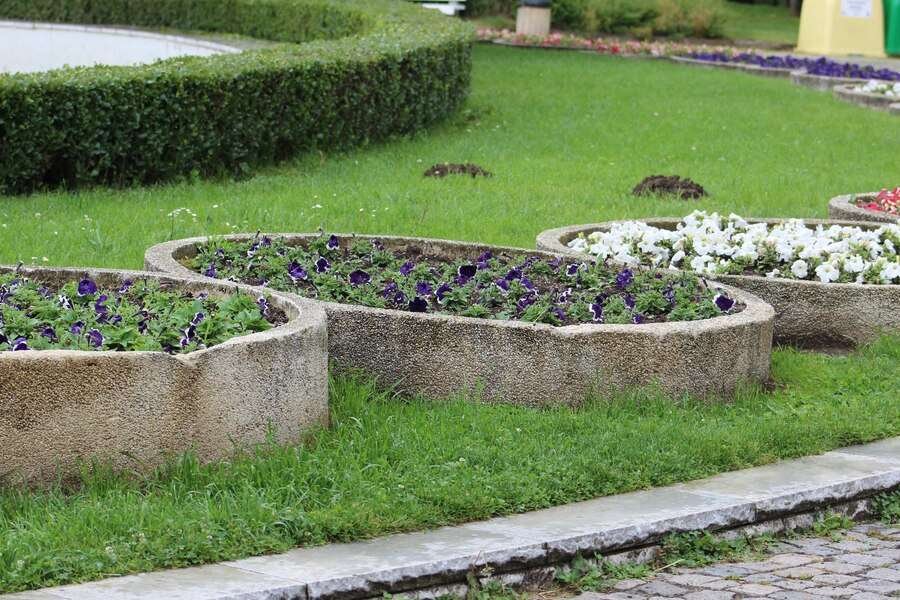
Necessary Tools and Materials
Before you start, gather all the necessary tools and materials. Depending on the type of edging you choose, this may include:
- Shovel
- Garden hose (for marking)
- Level
- Edging materials (stone, brick, wood, etc.)
- Landscape fabric
Preparation
First, mark the area where you want to install the edging. Use a garden hose to outline the shape and ensure it flows naturally with your garden design. Once you’re satisfied, use a shovel to dig a trench along the marked line.
Installation Tips
Start placing your chosen edging material into the trench. Make sure each piece is level before moving on to the next. For added stability, consider using landscape fabric to prevent weed growth and help keep the edging in place.
Maintenance Tips
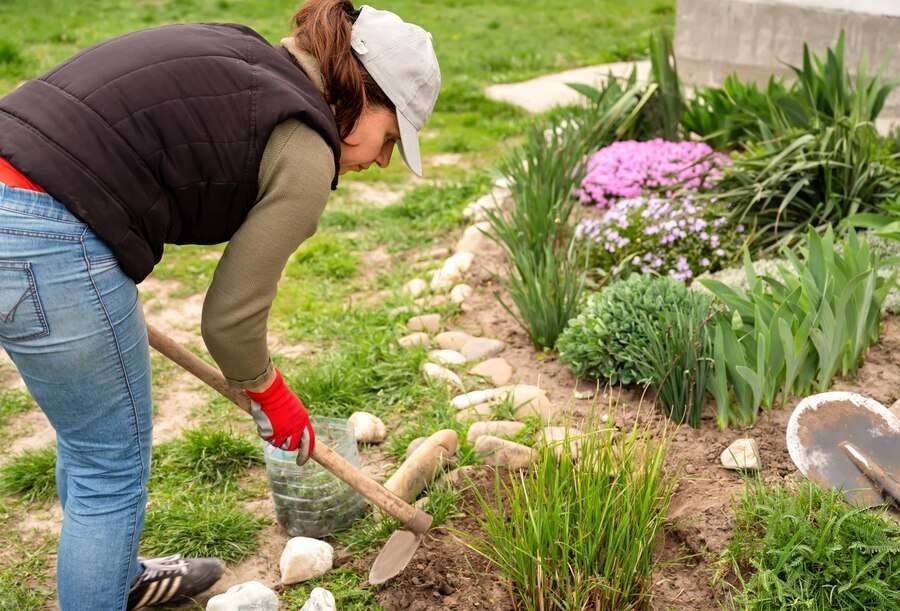
Regular Inspection
Regularly inspect your garden edging to ensure it remains in good condition. Look for signs of wear and tear, such as cracks in stone or rot in wood, and address these issues promptly.
Cleaning
Keep your garden edging clean by removing debris and dirt build-up. A simple wash with water and mild detergent will do for stone and concrete. Wooden and metal edges may require more specialized care.
Seasonal Care
Different materials react differently to seasonal changes. For example, wood may be treated to prevent rot, while metal may require rust protection. Adjust your maintenance routine according to the material and the season.
Bringing It All Together
Garden edging ideas is more than just a functional aspect of landscaping; it’s an opportunity to showcase your creativity and enhance your outdoor space. Whether you prefer the rustic look of wattle or the sleek lines of metal, an edging option is perfect for your garden.
Ready to get started? Subscribe to our newsletter for more landscaping tips and share your garden edging projects on social media using #MyGardenEdge. Let’s create beautiful, functional gardens together!

